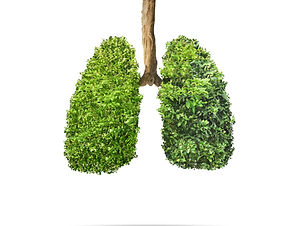Broncho-Alveolar Lavage
Bronchoscopic Broncho-Alveolar Lavagae (BAL) is a resource-intensive procedure that needs knowledge, skills and equipment not always present in a PICU. It also comes at a cost for the patient given the need for an anaesthetic and the potential for complications.
Non-bronchoscopic BAL has been around for decades but it is not often used due to apprehension and absence of protocols. There is adequate literature on the subject in the paediatric population and it seems this is a diagnostic tool that we should use more often.
The idea behind
Options to obtain samples from the broncho-alveolar compartment

ET Aspirate
- Inexpensive
- Quick
- Well tolerated
- Lower risk of complications
- High risk of contamination with upper respiratory tract flora
- Risk of overdiagnosing VAP

NB-BAL
- Inexpensive
- Well tolerated
- More sensitive and specific than
ET aspirate
- Easy protocol to follow
- Longer procedure than ET aspirate
- Higher risk of desaturation
- Risk of Pneumothorax

BAL
- Gold Standard
- Visualization
- Excellent if localised pulmonary
process
- Higher risk of complications
- Expensive
- Need for equipment, skills and
training
-Limited by available sizes of
bronchoscope in relation to ETT
internal diameter
Complications
- Desaturation
- Bleeding (low risk)
- Derecruitment / Atelectasis
- Haemodynamic instability
- Pulmonary haemorrhage
- Pulmonary hypertension
- Pneumothorax / Air leak
- Transient decrease in oxygenation
(surfactant wash-out)
- Transient hypercapnia (less CO2
clearance during procedure)
- Haemodynamic instability
- Pulmonary haemorrhage
- Pulmonary hypertension
- Pneumothorax / Air leak
- Transient decrease in oxygenation
(surfactant wash-out)
- Transient hypercapnia (less CO2
clearance during procedure)
- Kabak et al. showed that patients with heavy colonisation with Gram positive or Gram negative species on their ET aspirate are more likely to develop VAP. For S. aureus the delay from ET aspirate positivity to VAP diagnosis was 4 days and for Gram negatives 2.5 days. This suggests that ET aspirate cultures can be used as early markers for lower respiratory tract infection. while a positive sample does not necessarily diagnose VAP.
- Afolabi-Brown et al. found that in children with tracheostomy non-bronchoscopic BAL using a protected catheter yielded less pathogenic colonies (P < .05) than either bronchoscope BAL or ET aspirate specimens. They concluded that non-bronchoscopic BAL allows for more accurate sampling of lower airway secretions in tracheostomized children and is more accurate in the diagnosis of bronchitis in this group